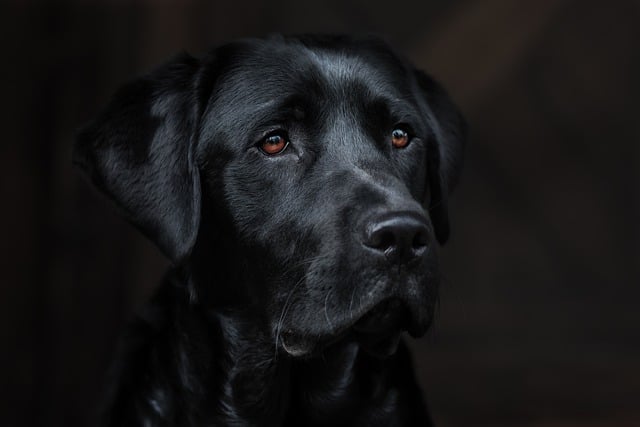
How do I make my dog poop in a specific spot?
If you’ve ever chased your dog around the yard trying to get them to go potty in one place, you know how frustrating inconsistent habits can be.
Giant Poodles sit near the top of the list for intelligent dog breeds, and that smarts makes them quick to pick up on training cues—if you approach it the right way. Unlike some breeds that get bored with repetition, these dogs thrive on mental stimulation, so short, engaging sessions work better than long, tedious ones. For example, teaching them “fetch” with a favorite toy while mixing in “drop it” commands keeps their focus and turns training into play. Just remember, their size means you’ll need consistent leash training early on, especially since many areas have strict rules about dog control in public spaces.
Their eagerness to please is another plus for training—giant Poodles bond closely with their owners and often see learning new skills as a way to connect. But that bond can also lead to separation anxiety if training doesn’t include alone-time practice. Start by leaving them for short intervals (10-15 minutes) and gradually extend it; this helps them feel secure and prevents destructive behaviors that might violate local noise or property laws. Also, avoid using harsh corrections—positive reinforcement, like tiny treats or excited praise, works far better with their sensitive nature.
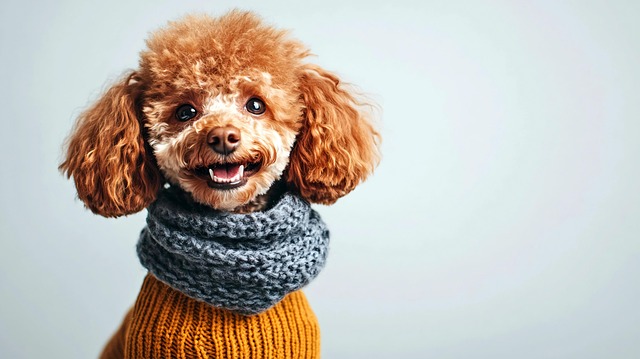 Socialization is key to keeping their training on track, especially for a large breed. Expose them to other dogs at local parks (make sure the park allows large breeds, as some have size restrictions) and introduce them to different people, like neighbors or delivery workers. A well-socialized giant Poodle is less likely to react nervously to new situations, which makes public outings smoother and keeps you compliant with laws that require dogs to be “under control” in shared areas. Skipping socialization can lead to skittishness, which might make even basic commands harder to enforce later.
Socialization is key to keeping their training on track, especially for a large breed. Expose them to other dogs at local parks (make sure the park allows large breeds, as some have size restrictions) and introduce them to different people, like neighbors or delivery workers. A well-socialized giant Poodle is less likely to react nervously to new situations, which makes public outings smoother and keeps you compliant with laws that require dogs to be “under control” in shared areas. Skipping socialization can lead to skittishness, which might make even basic commands harder to enforce later.
While they’re generally easy to train, giant Poodles do have quirks to watch for. Their curly coats need regular grooming, and pairing grooming sessions with training (like teaching them to stand still for brushing) turns a chore into a training opportunity. Also, they have lots of energy—if they don’t get enough exercise (a daily walk or play session), they might get distracted during training. Some regions require dogs to be leashed even in residential areas, so use those walks to practice loose-leash walking and reinforce commands like “heel.”
Giant Poodles are absolutely trainable—their intelligence and desire to bond make the process rewarding for both of you. The key is to keep training fun, consistent, and aligned with local laws that govern large breed care. With patience and positive reinforcement, you’ll end up with a well-behaved companion who can handle everything from trips to the pet store to family gatherings. And since they love learning, you might even try advanced tricks later—they’ll thrive on the challenge.

If you’ve ever chased your dog around the yard trying to get them to go potty in one place, you know how frustrating inconsistent habits can be.
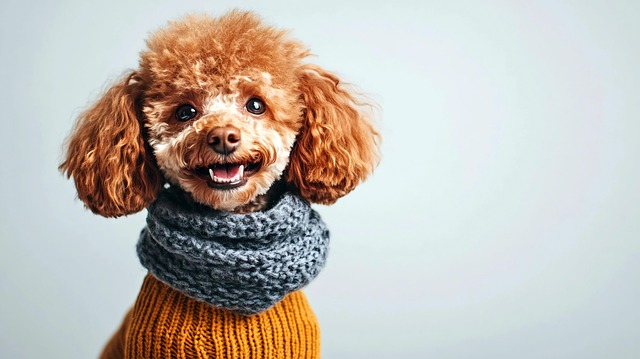
Giant Poodles sit near the top of the list for intelligent dog breeds, and that smarts makes them quick to pick up on training cues—if you approach it the right way.
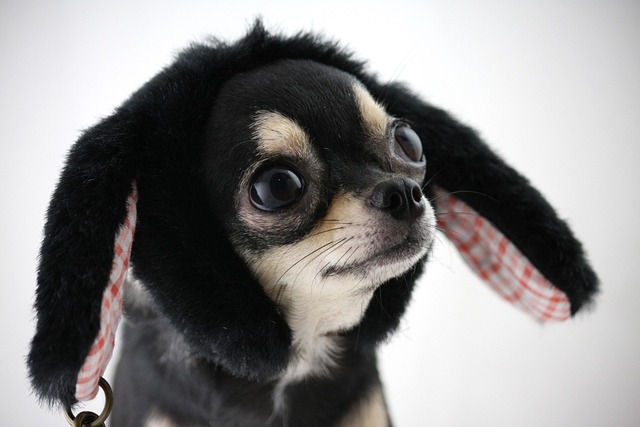
Chihuahuas are tiny but mighty, and their small bladders mean accidents inside can happen more often than with larger breeds. Start by sticking to a strict schedule—take them out first thing in the morning, right after meals, and before bed.
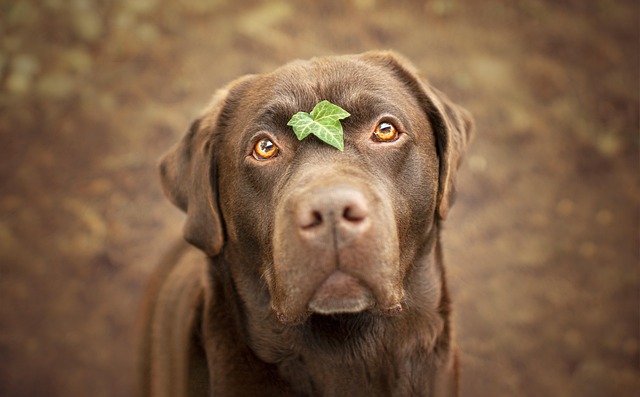
Many Labrador owners find themselves frustrated when their fluffy pups don’t pick up commands as quickly as expected.
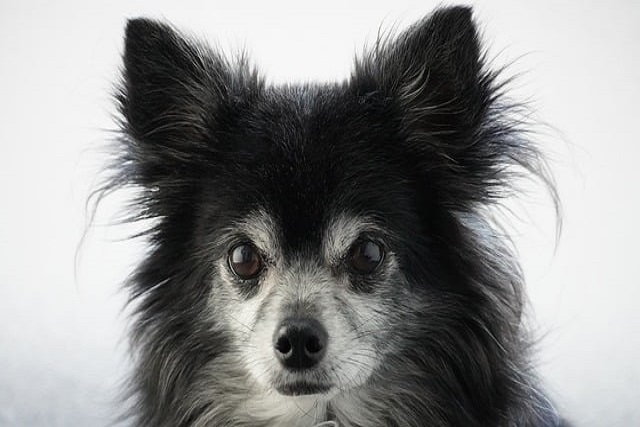
Witnessing your dog display aggression is deeply concerning, and the immediate question of what you can "give" them to make it stop is a natural one.
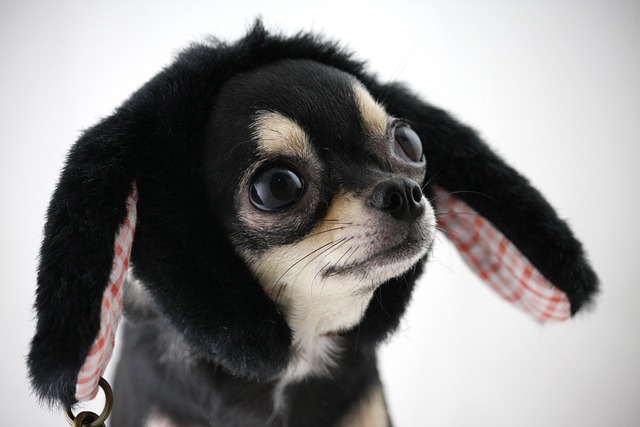
That moment your dog's hackles rise and a low growl rumbles from their throat at the sight of another canine can turn a pleasant walk into a stressful ordeal.